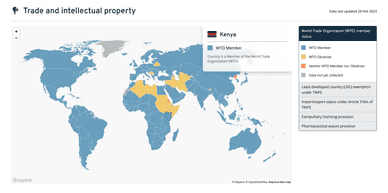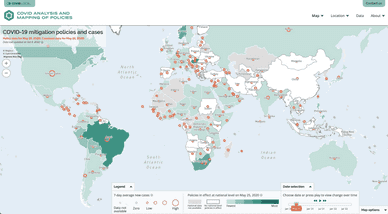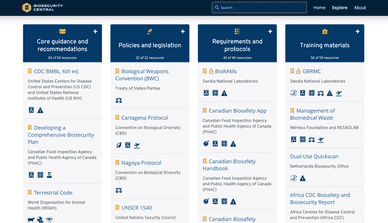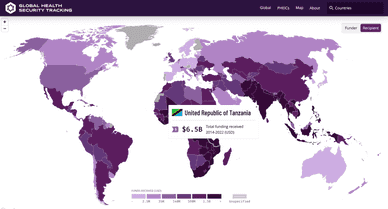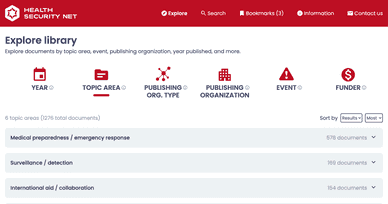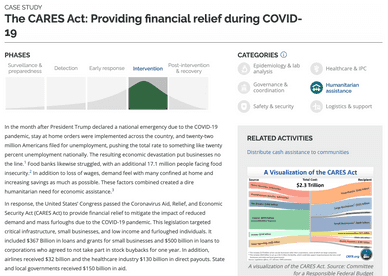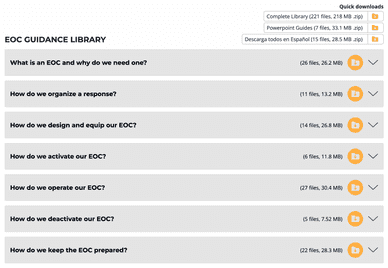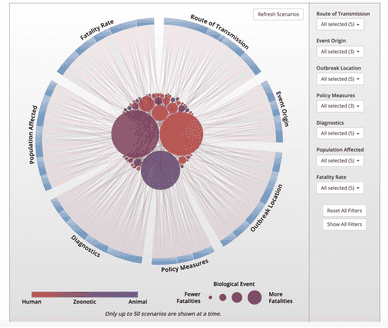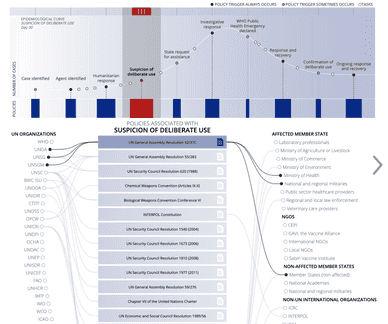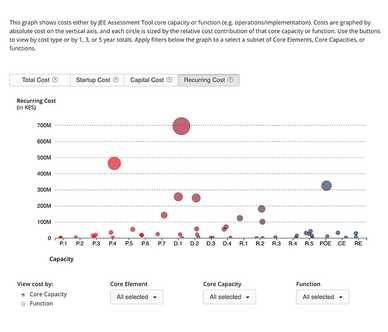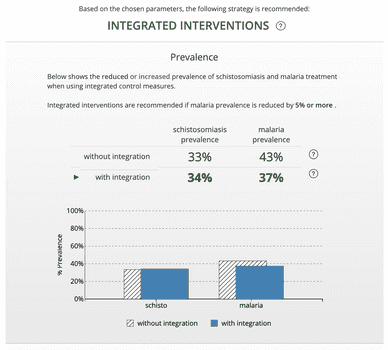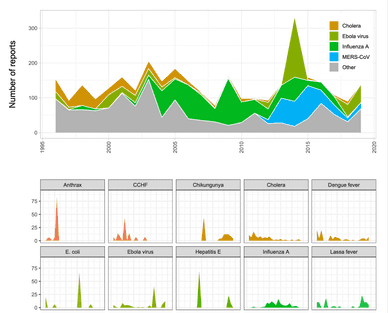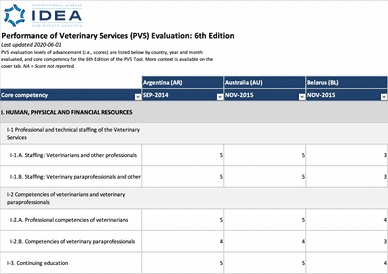Analysis and Mapping of Policies for Emerging Infectious Diseases (AMP EID) is a first of its kind tool to inform the future of pandemic preparedness policy and outbreak response. AMP EID enables rapid identification of the global policy environment to facilitate response efforts. This tool creates a single site to examine which countries are parties to international agreements relevant to pandemic preparedness and response, what laws and regulations are in place to govern EIDs, and other relevant factors that will impact a nation’s response to public health emergencies.
Data last updated in 2024, updates ongoing.

